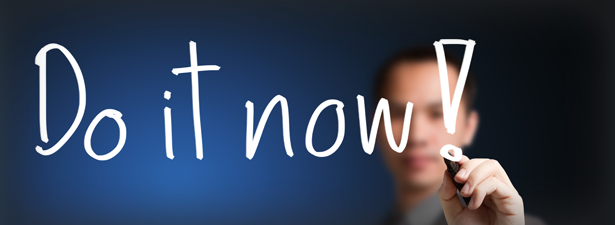Seven Steps for Effective Problem Solving in the Workplace
Problem solving and decision making. Ask anyone in the workplace if these activities are part of their day and they’d certainly answer “Yes!” But how many of us have had training in problem solving? We know it’s a critical element of our work but do we know how to do it effectively?
People tend to do three things when faced with a problem: they get afraid or uncomfortable and wish it would go away; they feel that they have to come up with an answer and it has to be the right answer; and they look for someone to blame. Being faced with a problem becomes a problem. And that’s a problem because, in fact, there are always going to be problems!
There are two reasons why we tend to see a problem as a problem: it has to be solved and we’re not sure how to find the best solution, and there will probably be conflicts about what the best solution is. Most of us tend to be “conflict-averse”. We don’t feel comfortable dealing with conflict and we tend to have the feeling that something bad is going to happen. The goal of a good problem-solving process is to make us and our organization more “conflict-friendly” and “conflict-competent”.
There are two important things to remember about problems and conflicts: they happen all the time and they are opportunities to improve the system and the relationships. They are actually providing us with information that we can use to fix what needs fixing and do a better job. Looked at in this way, we can almost begin to welcome problems! (Well, almost.)
Because people are born problem solvers, the biggest challenge is to overcome the tendency to immediately come up with a solution. Let me say that again. The most common mistake in problem solving is trying to find a solution right away. That’s a mistake because it tries to put the solution at the beginning of the process, when what we need is a solution at the end of the process.
Here are seven-steps for an effective problem-solving process.
1. Identify the issues.
- Be clear about what the problem is.
- Remember that different people might have different views of what the issues are.
- Separate the listing of issues from the identification of interests (that’s the next step!).
2. Understand everyone’s interests.
- This is a critical step that is usually missing.
- Interests are the needs that you want satisfied by any given solution. We often ignore our true interests as we become attached to one particular solution.
- The best solution is the one that satisfies everyone’s interests.
- This is the time for active listening. Put down your differences for awhile and listen to each other with the intention to understand.
- Separate the naming of interests from the listing of solutions.
3. List the possible solutions (options)
- This is the time to do some brainstorming. There may be lots of room for creativity.
- Separate the listing of options from the evaluation of the options.
4. Evaluate the options.
- What are the pluses and minuses? Honestly!
- Separate the evaluation of options from the selection of options.
5. Select an option or options.
- What’s the best option, in the balance?
- Is there a way to “bundle” a number of options together for a more satisfactory solution?
6. Document the agreement(s).
- Don’t rely on memory.
- Writing it down will help you think through all the details and implications.
7. Agree on contingencies, monitoring, and evaluation.
- Conditions may change. Make contingency agreements about foreseeable future circumstances (If-then!).
- How will you monitor compliance and follow-through?
- Create opportunities to evaluate the agreements and their implementation. (“Let’s try it this way for three months and then look at it.”)
Effective problem solving does take some time and attention more of the latter than the former. But less time and attention than is required by a problem not well solved. What it really takes is a willingness to slow down. A problem is like a curve in the road. Take it right and you’ll find yourself in good shape for the straightaway that follows. Take it too fast and you may not be in as good shape.
Working through this process is not always a strictly linear exercise. You may have to cycle back to an earlier step. For example, if you’re having trouble selecting an option, you may have to go back to thinking about the interests.
This process can be used in a large group, between two people, or by one person who is faced with a difficult decision. The more difficult and important the problem, the more helpful and necessary it is to use a disciplined process. If you’re just trying to decide where to go out for lunch, you probably don’t need to go through these seven steps!
Don’t worry if it feels a bit unfamiliar and uncomfortable at first. You’ll have lots of opportunities to practice!
by Tim Hicks







